Masuda method: Difference between revisions
| Line 73: | Line 73: | ||
From Generation IV onwards, trading with games from other countries became easier due to the [[Nintendo DS]]'s ability to communicate through [[Nintendo Wi-Fi Connection]]. The Masuda method was likely coded as incentive for players to use the [[Global Terminal|GTS]]'s international trading services. | From Generation IV onwards, trading with games from other countries became easier due to the [[Nintendo DS]]'s ability to communicate through [[Nintendo Wi-Fi Connection]]. The Masuda method was likely coded as incentive for players to use the [[Global Terminal|GTS]]'s international trading services. | ||
The Masuda method is appealing to competitive players, since it allows | The Masuda method is appealing to competitive players, since it allows them to obtain Shiny Pokémon with specific [[Egg Move]]s, [[Nature]]s and [[individual values|IVs]] that would be either unavailable or harder to obtain. | ||
==See also== | ==See also== | ||
Revision as of 08:52, 3 January 2020

|
The subject of this article has no official name. The name currently in use is a fan designator; see below for more information. |
The Masuda method (Japanese: 国際結婚 international marriage), also known as Masuda's method, is a fan-made term which describes a way to obtain Shiny Pokémon more easily from Generation IV onwards. While the standard encounter rate for a Shiny Pokémon (either in the wild or by breeding) is 1/8192 from Generation II to Generation V and 1/4096 in Generation VI onwards, the Masuda method multiplies this rate by 5 (to 5/8192 or about 1/1638) in Generation IV, by 6 (to 6/8192 or about 1/1365) in Generation V, and by 6 (to 6/4096, or 1/683) from Generation VI onwards. It occurs whenever Pokémon of differing languages are bred.
The method is named after Game Freak director Junichi Masuda, who programmed it into Pokémon Diamond and Pearl. He documented the method in his blog,[1] where he mentioned a way that "rare colored Pokémon's Egg can be found little easier." The mechanics behind the method were discovered by Smogon.
Usage
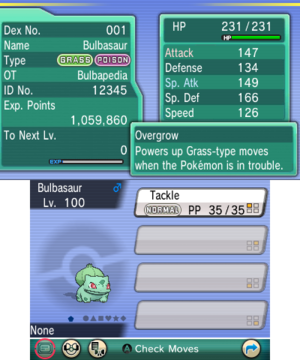
The Masuda method involves breeding two Pokémon created in games of different languages. An Egg resulting from such a pairing will have a higher likelihood of being Shiny. The most common way to arrange such a pairing is to use one foreign Pokémon and one from the game in which the breeding occurs, although the method will work in any game provided at least one of the Pokémon in the pair is from a language different to the language the game is being played in.
If both Pokémon are foreign to the language the game is being played in but are both of the same language, then the Masuda method will not take effect. Foreign language Pokémon obtained via in-game trades, such as the Meister's Foppa and Lt. Surge's Volty, are treated as being from the same language as the game they were generated in, so they cannot be bred with another Pokémon from the same language for the Masuda method. In Generation IV, if the Masuda method is in effect, the Everstone will fail to increase the chance of passing on a Nature.
A Pokémon traded internationally while still in its Egg will retain the internal marking which recognizes it as a foreign Pokémon even though it appears to be native to the game it was hatched in.
Some examples are illustrated below; Pokémon bred in circumstances which invoke the Masuda method and have an increased chance of being Shiny are denoted by their Shiny sprite.
| Parents | Offspring | |
|---|---|---|
| Two Pokémon of the same language | ||
| OT: May | OT: Brendan | OT: (Hatcher) |
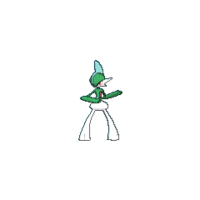
|
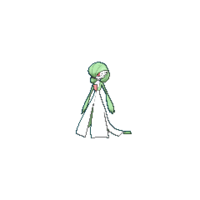
|
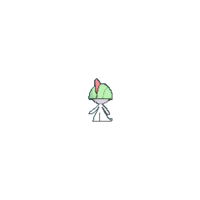
|
| Ralts | ||
| Two Pokémon of two languages | ||
| OT: Elio | OT: ミヅキ | OT: (Hatcher) |
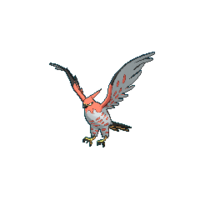
|
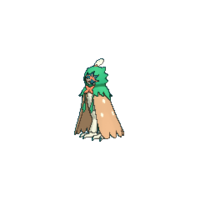
|
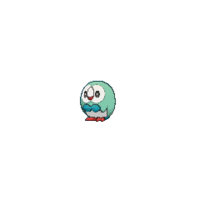
|
| Breeding with an in-game trade | ||
| OT: Dawn | OT: Meister | OT: (Hatcher) |
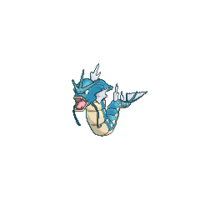
|
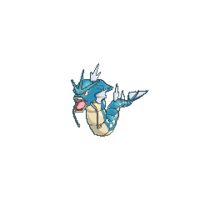
|
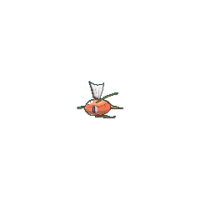
|
| Magikarp | ||
Mechanics and reasoning
An internal marker on each Pokémon (at 0x17 prior to Generation VI, 0xE3 thereafter) identifies their "original language". If the game recognizes the two Pokémon in the daycare as having different languages, then when an Egg is generated, the game will generate extra personality values in an attempt to find one that results in a Shiny Pokémon. This stacks with the Shiny Charm's effect.
In Generation IV, the game tries four extra personality values (resulting in approximately five times the probability of receiving a Shiny Pokémon, or 5/8192). In Generation V the game instead makes five extra attempts (resulting in six times the probability, or 6/8192).[2] Generation VI appears to work the same as Generation V (generating a probability of 6/4096 due to Generation VI's increased Shiny odds).
Reaction and purpose
From Generation IV onwards, trading with games from other countries became easier due to the Nintendo DS's ability to communicate through Nintendo Wi-Fi Connection. The Masuda method was likely coded as incentive for players to use the GTS's international trading services.
The Masuda method is appealing to competitive players, since it allows them to obtain Shiny Pokémon with specific Egg Moves, Natures and IVs that would be either unavailable or harder to obtain.
See also
References

|
This game mechanic article is part of Project Games, a Bulbapedia project that aims to write comprehensive articles on the Pokémon games. |

